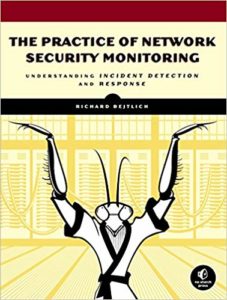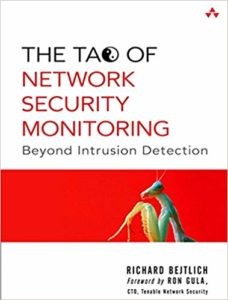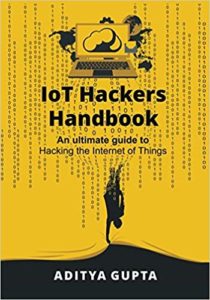BarCamp Stuttgart 2019 (#bcs12)
 This weekend Saturday 14th and Sunday 15th of September the 12th yearly BarCamp Stuttgart took place again. As usual the event communications happens via twitter, see https://twitter.com/bcstuttgart hashtag #bcs12. I had paused for 5-6 years since last attending BCS. While the topic focus has shifted a bit since that time, it became more open and non-technical IMHO, it had been a really interesting and enjoying event again. I had the impression that this event is a place where some of the most motivated and engaged people from Stuttgart meet once a year.
This weekend Saturday 14th and Sunday 15th of September the 12th yearly BarCamp Stuttgart took place again. As usual the event communications happens via twitter, see https://twitter.com/bcstuttgart hashtag #bcs12. I had paused for 5-6 years since last attending BCS. While the topic focus has shifted a bit since that time, it became more open and non-technical IMHO, it had been a really interesting and enjoying event again. I had the impression that this event is a place where some of the most motivated and engaged people from Stuttgart meet once a year.
As usual, the topics on the open BarCamp had been very diverse but there were many new inputs and things to learn. The most technical session was probably on the Python scripting language, that answered some of the questions I had from my fight with python 2 versus 3 and virtualenv.
While the most physical and practical session has been Augen-Yoga:
A bit worrying is that the number of participants declined from last year’s 250. The Hospitalhof could have easily hosted more participants. So is the format of a BarCamp out of vogue eventually? It would be a pity as the organisation team did a great job again and in the contrary the BarCamp format could be used as a hack to the culture of a company potentially. No other format of event is so open, free and basic democratic that it could be an alternative or addition to corporate management updates or question and answer sessions.
So join next year again when BarCamp is again in Stuttgart or anywhere else!

 The second book from Richard Bejtlich in short time: “
The second book from Richard Bejtlich in short time: “ This post is a bit delayed, on the weekend, 25th and 26 of May, the first
This post is a bit delayed, on the weekend, 25th and 26 of May, the first  BSides Stuttgart as the first of its kind in Stuttgart in 2019 took place in the previous industrial facility
BSides Stuttgart as the first of its kind in Stuttgart in 2019 took place in the previous industrial facility  Wow, that was a thick book, the Tao of Network Security Monitoring, beyond intrusion detection from the guru of NSM, Richard Bejtlich. This book is considered the bible of NSM. The book is from 2004 and thus a bit out of date, especially as it is filled with tons and tons of tool, one will find that some of these do not yet exist anymore or development has stopped years ago. But the intention of the book is not to serve as a tool reference but to show which tools are available and what they can be used for. So the brain needs to translate the samples to what tools we have today available. And anyhow in each category we still have enough candidates.
Wow, that was a thick book, the Tao of Network Security Monitoring, beyond intrusion detection from the guru of NSM, Richard Bejtlich. This book is considered the bible of NSM. The book is from 2004 and thus a bit out of date, especially as it is filled with tons and tons of tool, one will find that some of these do not yet exist anymore or development has stopped years ago. But the intention of the book is not to serve as a tool reference but to show which tools are available and what they can be used for. So the brain needs to translate the samples to what tools we have today available. And anyhow in each category we still have enough candidates. Somewhere, I don’t know where, I was getting aware of the book “
Somewhere, I don’t know where, I was getting aware of the book “ This is why I recently bought the book “Modsecurity Handbook” from Feisty Duck and the authors Christian Felini and Ivan Ristić (see
This is why I recently bought the book “Modsecurity Handbook” from Feisty Duck and the authors Christian Felini and Ivan Ristić (see